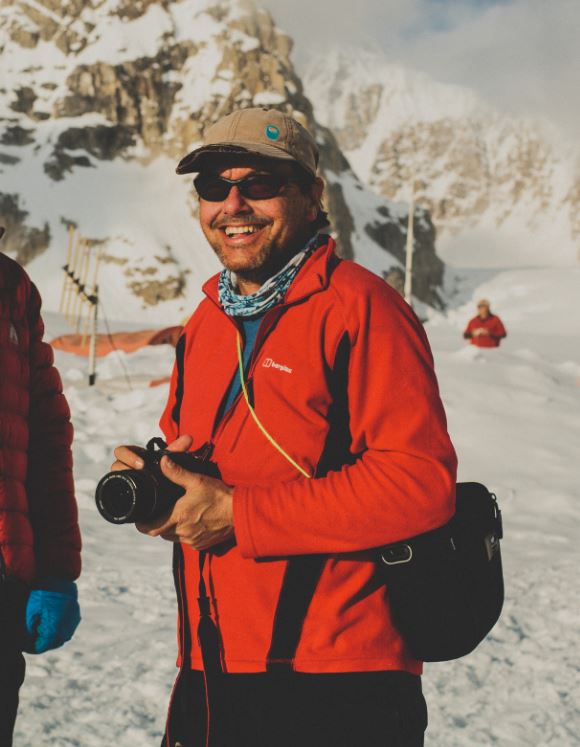
How Hard is it to Trek to Everest Base camp?
People considering trekking to an altitude of 5500m which is the base camp of Everest will obviously question how hard it is and how might compare to other well known treks such as climbing Kilimanjaro.
A trek to Everest base camp is a very realistic opportunity for most people who enjoy the outdoors and have a good level of fitness and stamina. The walking is reasonable on well established paths with lots of villages and amenities, good food along the way and plenty of people to meet in the lodges.
People considering trekking to an altitude of 5500m which is the base camp of Everest will obviously question how hard it is and how might compare to other well known treks such as climbing Kilimanjaro.
Between the two, Kilimanjaro is is one sense harder because you are climbing to a height of 5895 metres over six days (with the descent on the 7th day) and the final summit climb is 1200 metres. By comparison the Everest base camp trek with a high point at around 5500 metres is completed over nine days on the ascent, so there is a longer time to acclimatise. Kilimanjaro has five camps on the ascent with three being almost at the same altitude, while in Nepal there are two rest days on a longer route staying in villages with lodges which are more comfortable. In terms of adaptation to the thin air at altitude, trekking to Everest Base Camp is easier and in terms of the amenities it’s also easier.
Everest Base Camp perched on the Khumbu Glacier at the foot of Everest is at an altitude of 5600 metres which is reached over a period of nine days with two complete rest days enroute. In terms of the Everest Base Camp Trek acclimatisation profile it is a very feasible goal, as long as you don’t go too fast.
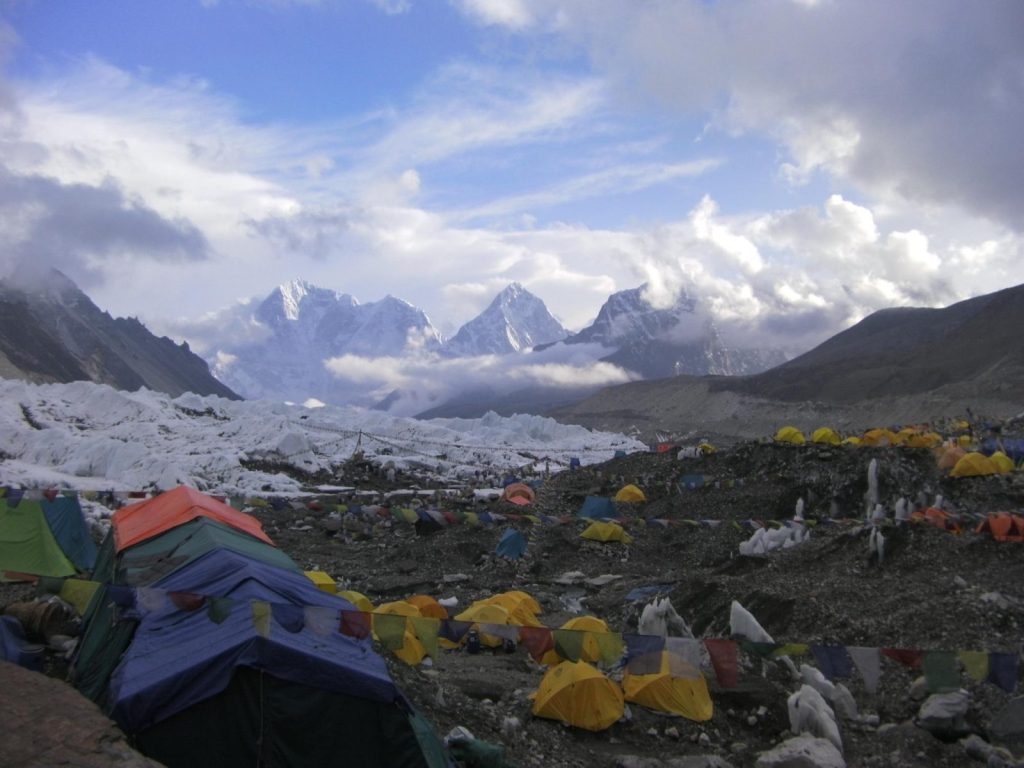
Getting to Everest Base Camp is a trek and not a climb and for most parts it’s on mountain paths with the last two days on moraine. There are a couple of steep hills to tackle but the paths are zigzagged to make it easier and there is plenty of time to stop for a rest and a chat. On the moraine the terrain can be slippy sometimes with ice, but there is no need for any technical equipment or skills. It is a straight forward trek and the only item you might want to carry are some mini spikes to put on your boots when it is icy, and some walking poles.
HOW LONG DOES IT TAKE TO TREK TO EVEREST BASE CAMP?
The trek takes 12 days from Kathmandu to Kathmandu if you fly into and out of the mountain airstrip of Lukla and take the normal route to base camp.Allowing for travel and rest days, the whole holiday is a little over two weeks. There are other Everest Base Camp route options such as trekking from the lower village of Phaplu which takes longer. If you’re doing these routes it’s worth stopping off for a few days in the villages below Lukla where our charity Moving Mountains has done a huge amount of work in the community.
There are also differing route options above Lukla which add length to your trek such as going via Gokyo Lakes, or the more challenging 3 Peaks and 3 Passes route to Everest base camp which both take interesting detours – so really it depends on how long you have and the type of trek or challenge that you’re after.
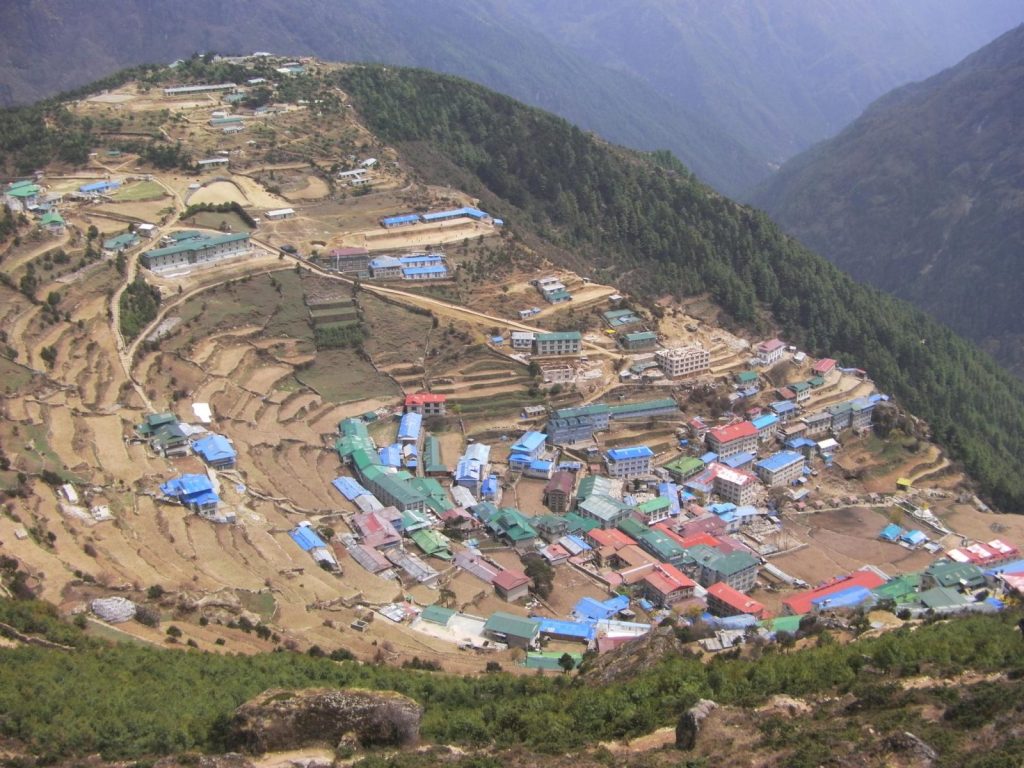
HOW FIT DO I HAVE TO BE TO TREK TO EVEREST BASE CAMP?
Well you don’t need to be up to marathon standard by any means but of course the fitter you are, the better you’ll feel and the more you’ll enjoy the trek. In general if you are happy walking for 5 hrs a day with a light day pack then you shouldn’t have any fitness issues. Most walking is done in the morning and afternoons are for relaxing and soaking up the atmosphere and culture of the amazing environments you trek through.
One thing you can’t train for is altitude and that can prevent people reaching base camp where there is 50% less oxygen compared to sea level. The secret is to acclimatise well and to do so you need to take a slow pace, rest, eat good food, sleep well and drink plenty of fluid. The actual distances from Lukla to Everest Base Camp can be covered far quicker than we do it, but that will make you ill. For this very reason the trek is relaxed and of course enjoyable.
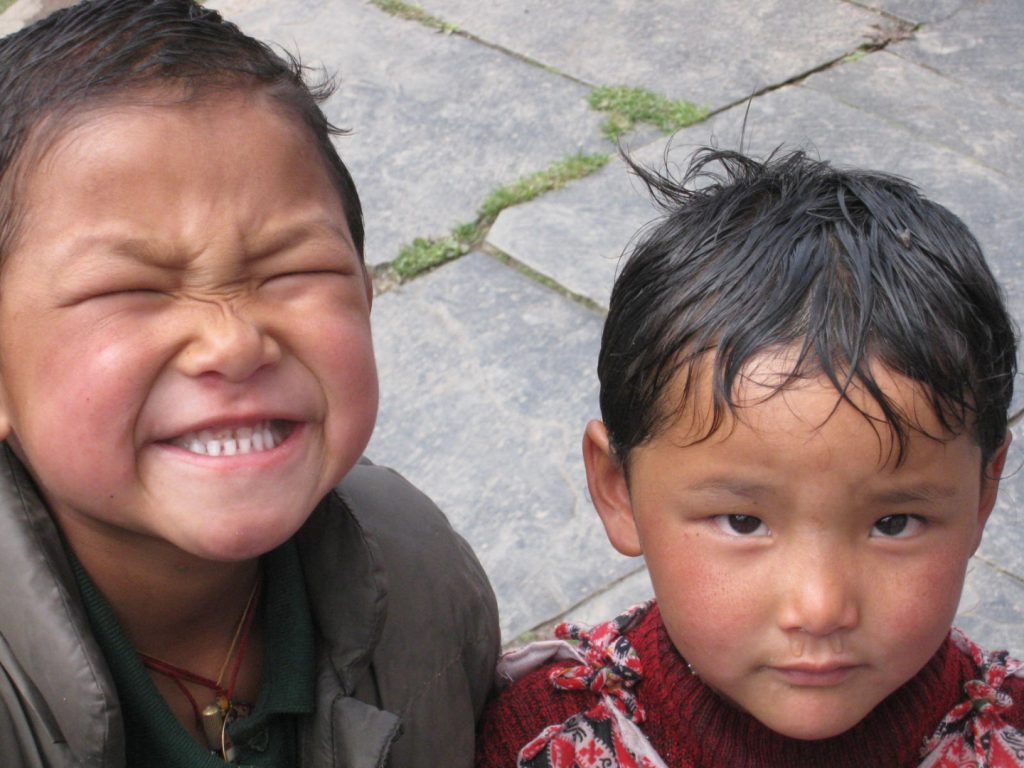
IS THE TREK TO EVEREST BASE CAMP DANGEROUS?
The trek itself is not technically demanding or dangerous but the whole holiday can be dangerous without a good itinerary and a good guide to ensure enough rest days and acclimatisation and to recognise signs of illness and know when to turn back. Things become dangerous when you don’t listen to your body and carry on regardless.
On the trails there are always plenty of people and access to boiled drinking water, good food, but there are no dangers in terms of hanging off ropes, exposed ridges etc. If you trek using a good company then the only thing you really need to be aware of is the yaks which are used to carry people’s kit. They run pretty quick along the trails and have been known to bump into people and send them flying. They’re amazing animals and you’ll hear them coming by the sound of their bells which is your sign to stand off the trail and always to the upper side of any slope.
There is a good helicopter network for the main trek destinations in Nepal and the Everest trail is very well covered should there be an emergency whilst trekking to Everest Base Camp.
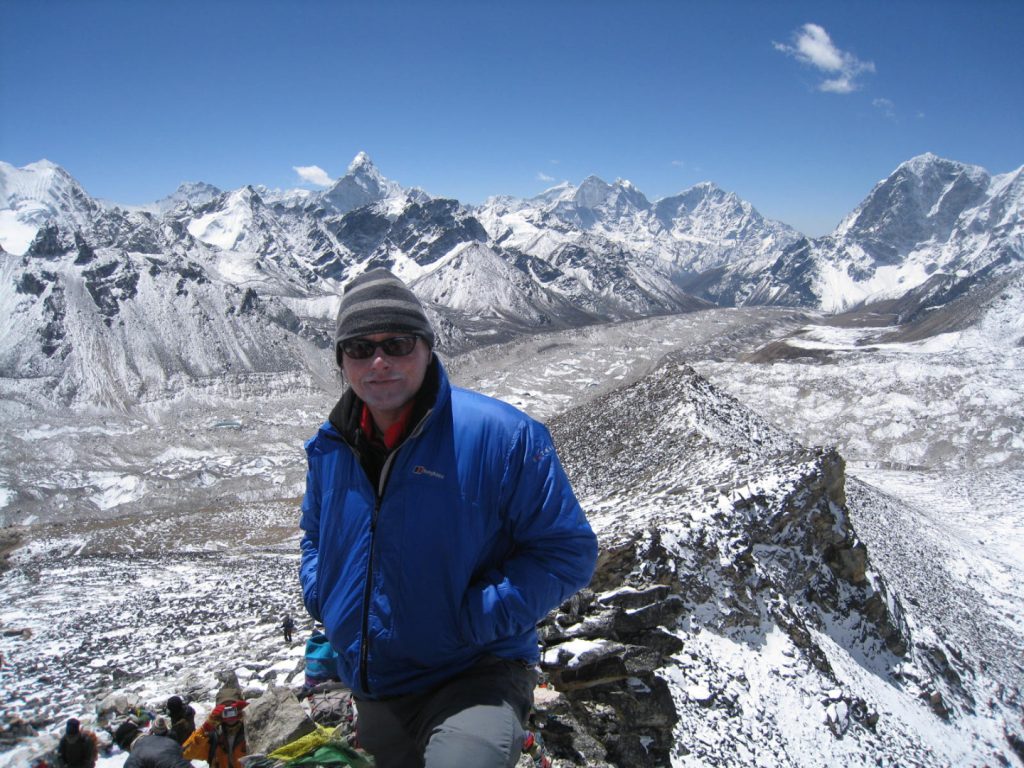
WHEN IS THE BEST TIME TO TREK TO EVEREST BASE CAMP?
There are two main seasons for trekking to Everest Base Camp being pre and post monsoon, which is March – May and Oct – Nov. It’s also possible to go outside of these months but they would be the most popular times due to weather. From March to May it starts cold and gets warmer and the opposite is true post monsoon.
So there we have it, that’s how hard – or easy – it is to trek to Everest Base Camp. More details are on our Everest Base Camp trek page and do check out the ‘More Information’ box on the lower right hand side of the page.
If you’re interested in joining us on an Everest Base Camp trek, you can learn more about our trek to Base Camp and its itinerary.
Related Articles
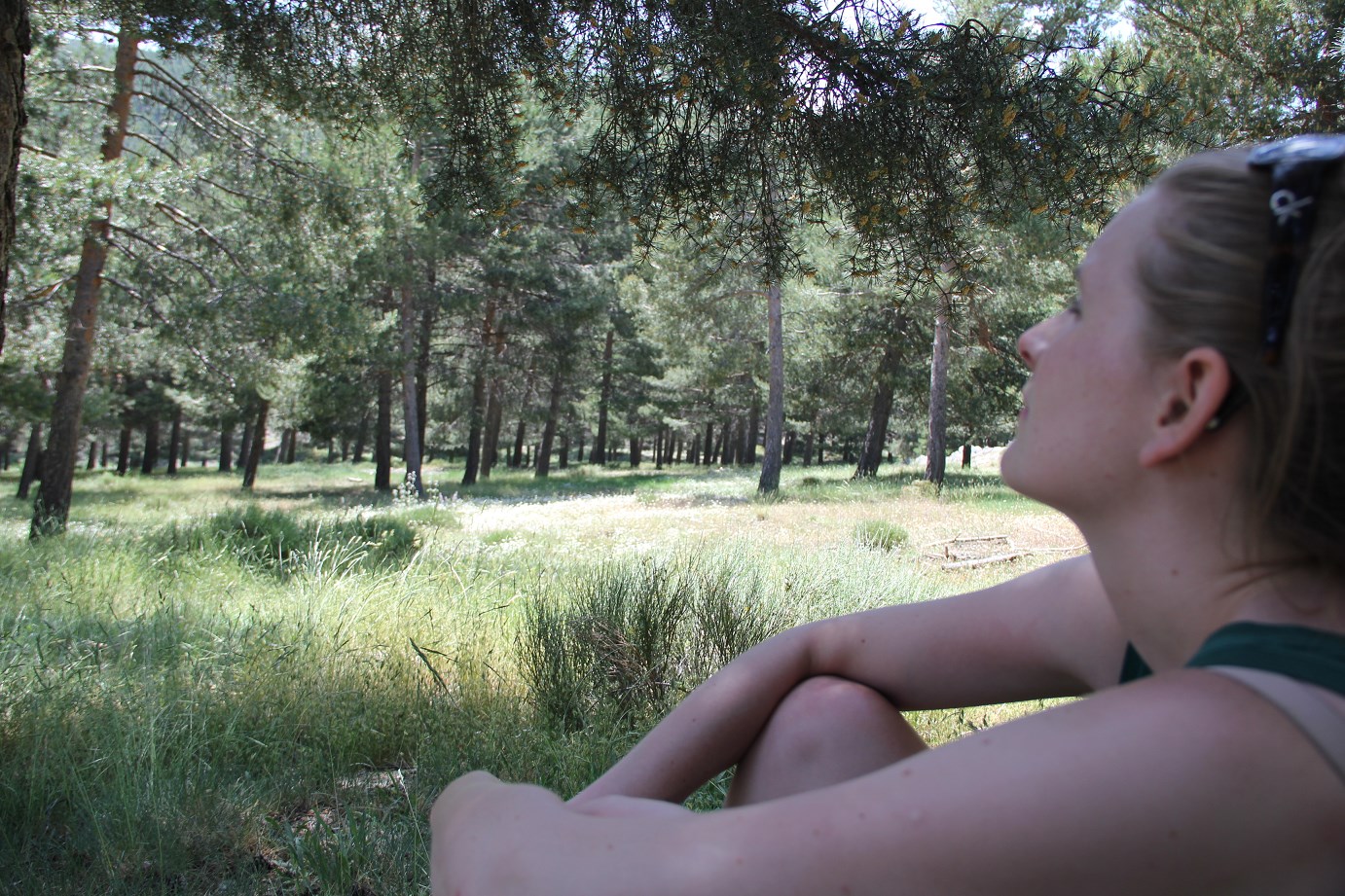
Walking Holiday in the Sierra Nevada
A new destination to the Sierra Nevada in southern Spain beckons. What a beautiful place and a lovely hotel we found... in a small village...

Choosing High Altitude Boots
Twenty years ago things seemed a bit simpler, climbers chose from a narrow range of leather trekking boots and generally a pair of 'double mountain'...
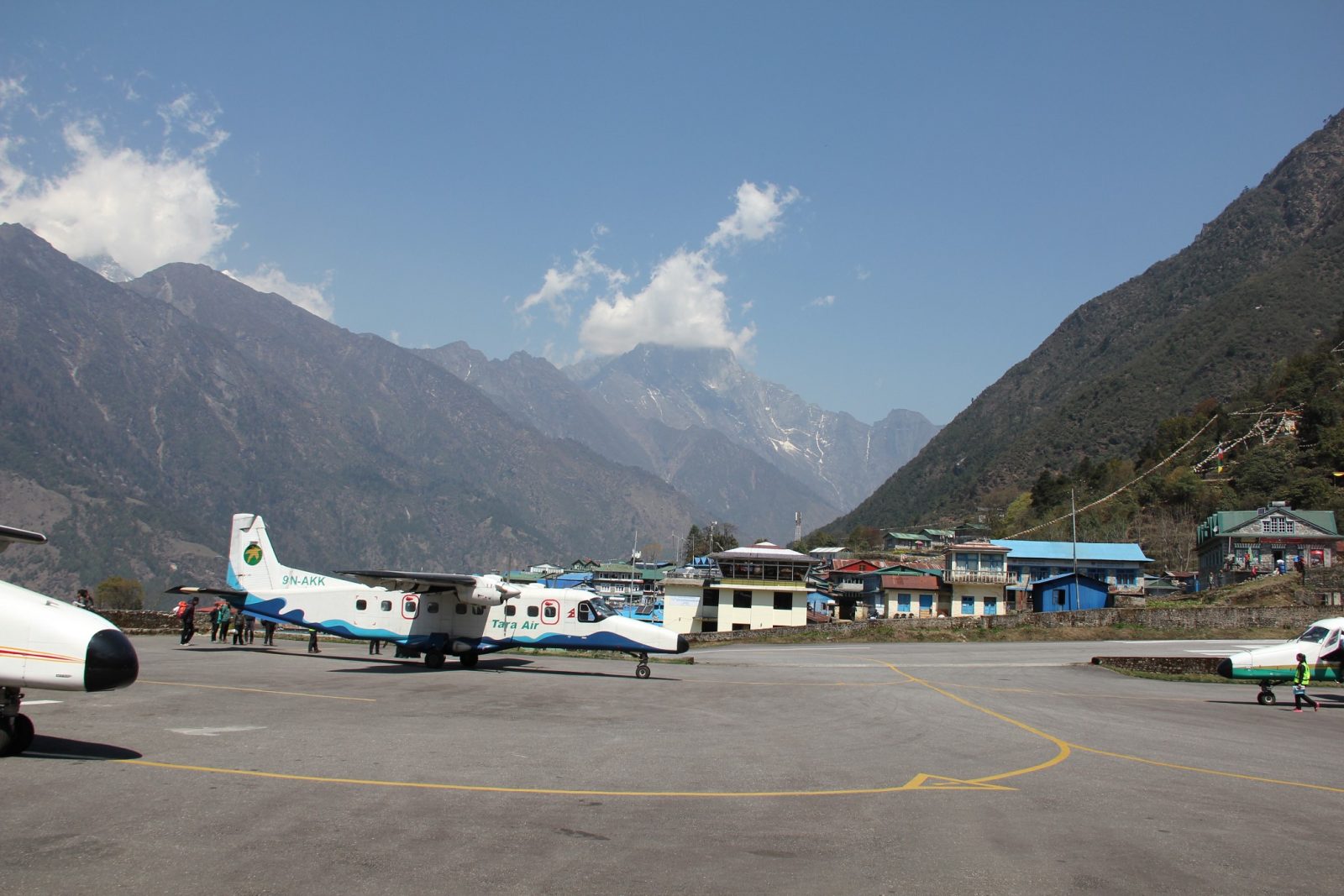
The Road to Everest
It used to be that the quickest way to get to Everest Base Camp was to fly into Lukla airport. Now all that is about to change with the building of...
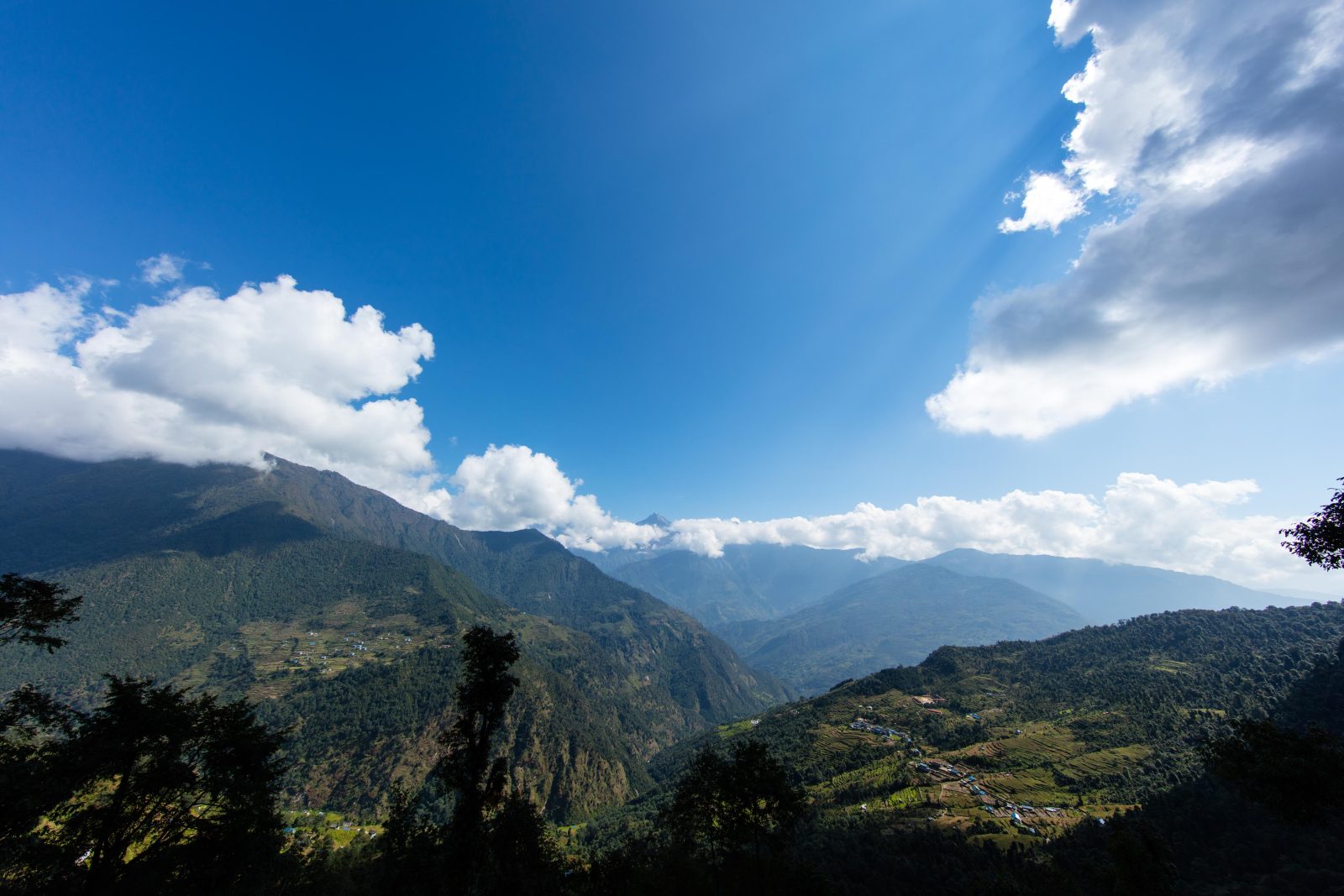
Trekking With Children in Nepal
There are no rules or laws that restrict children trekking in Nepal and it is the perfect place to combine stunning scenery with an incredible...
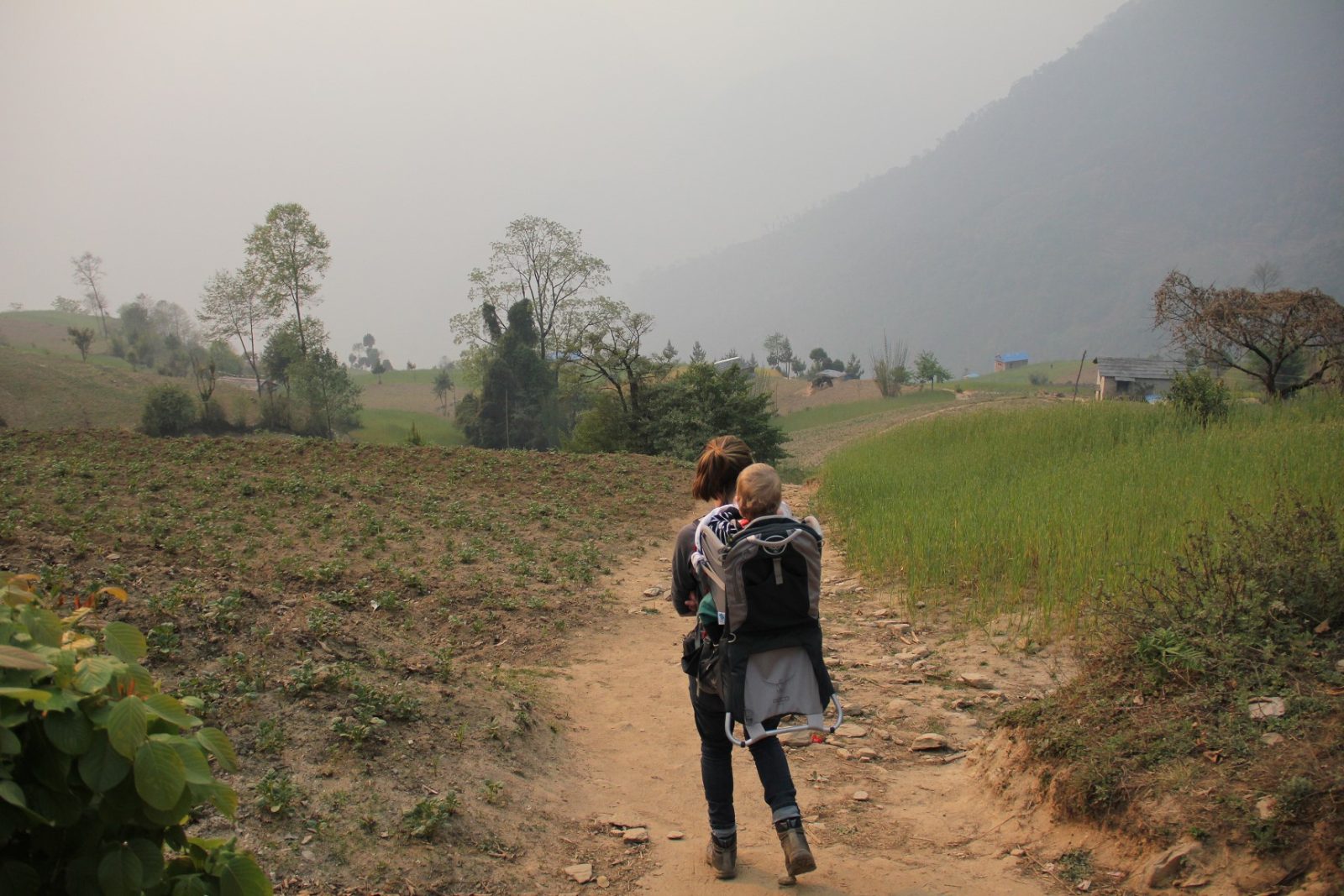
Trekking With Young Children in Nepal
I remember a friend saying he was looking forward to when his children were six or seven years old so that they could go travelling as a family to...
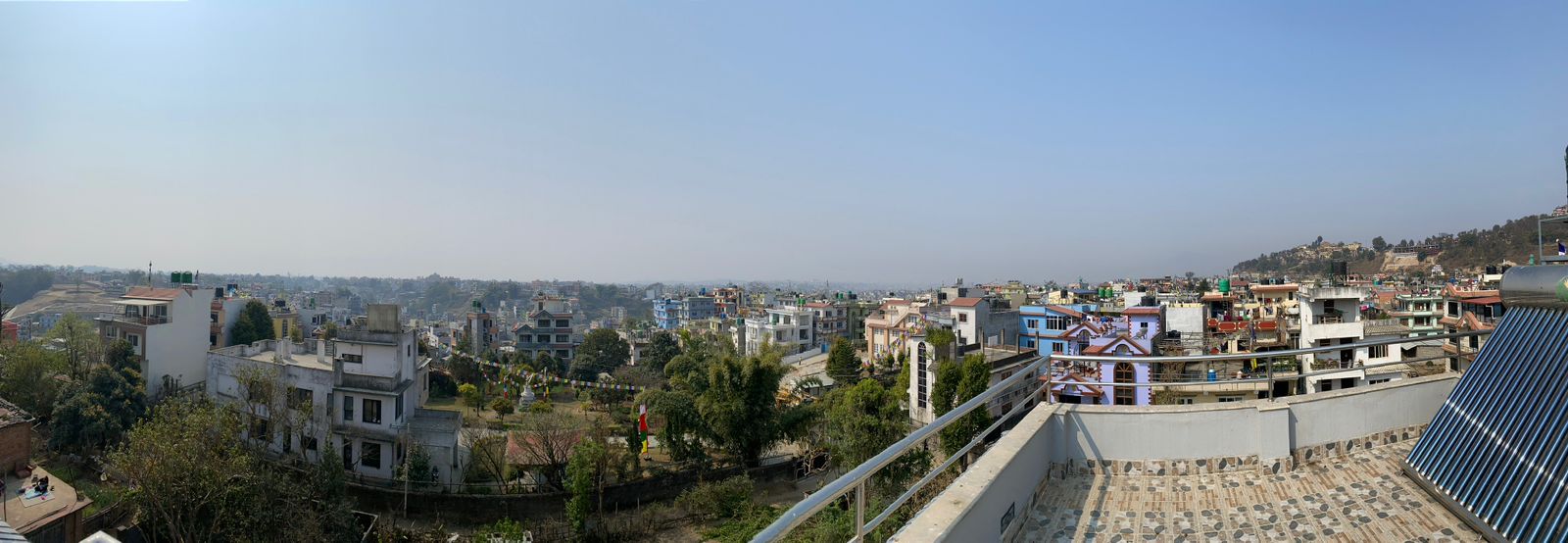
Accommodation in Kathmandu Guest House
We welcome trekkers, climbers, volunteers, medical students and travellers to the Adventure Alternative guest house in Kathmandu where you can get...
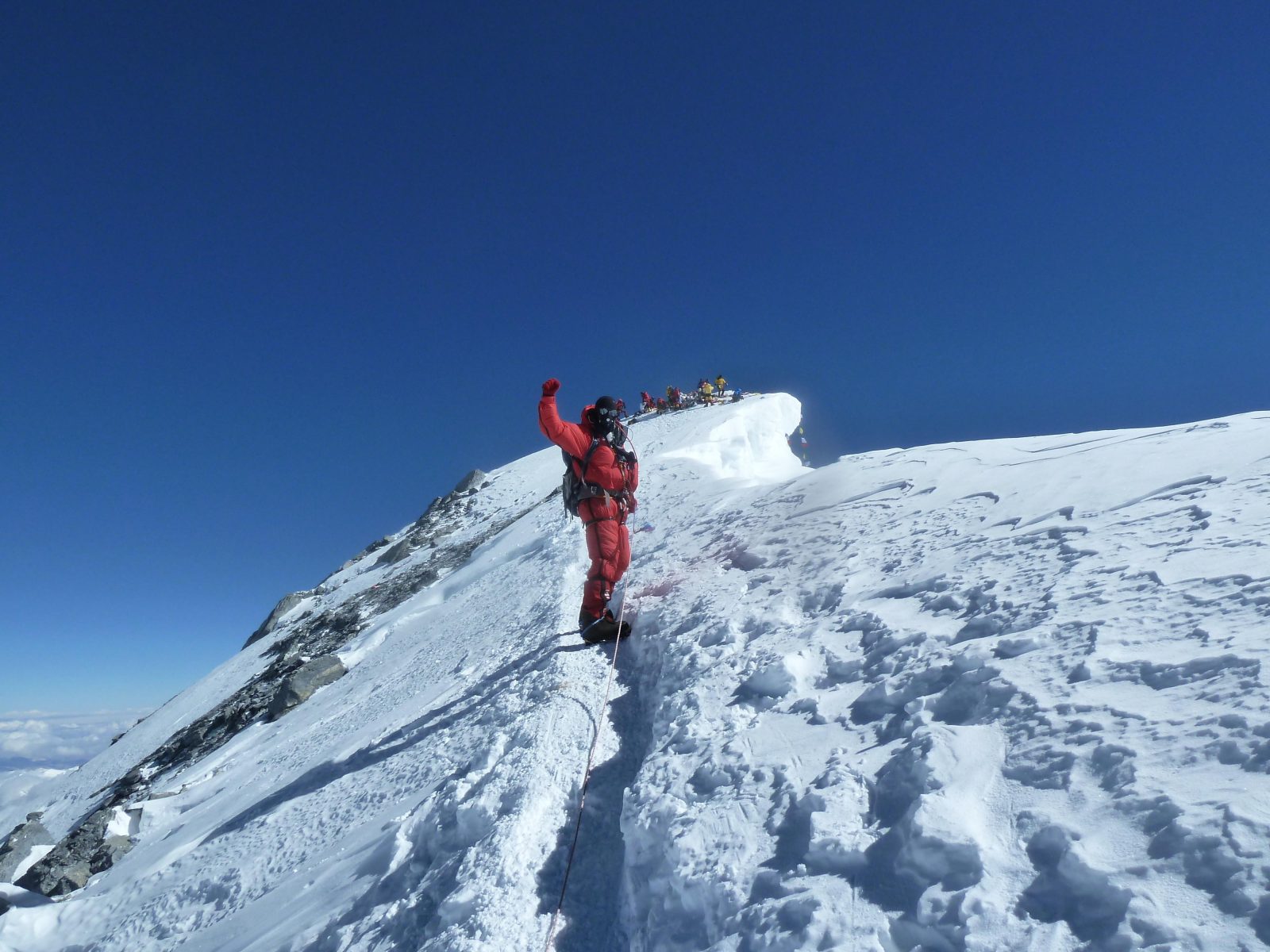
How Much Does it Cost to Climb Mount Everest?
The quick answer is about $45,000.00 but there are several choices to be made when climbing Mount Everest and each have different cost...
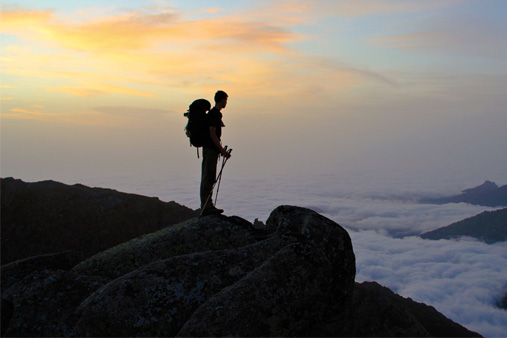
18 of the Best Treks in the World
Multi-day treks can be gruelling on the body and some of the big summits will push your mental threshold further than ever before. But with the...
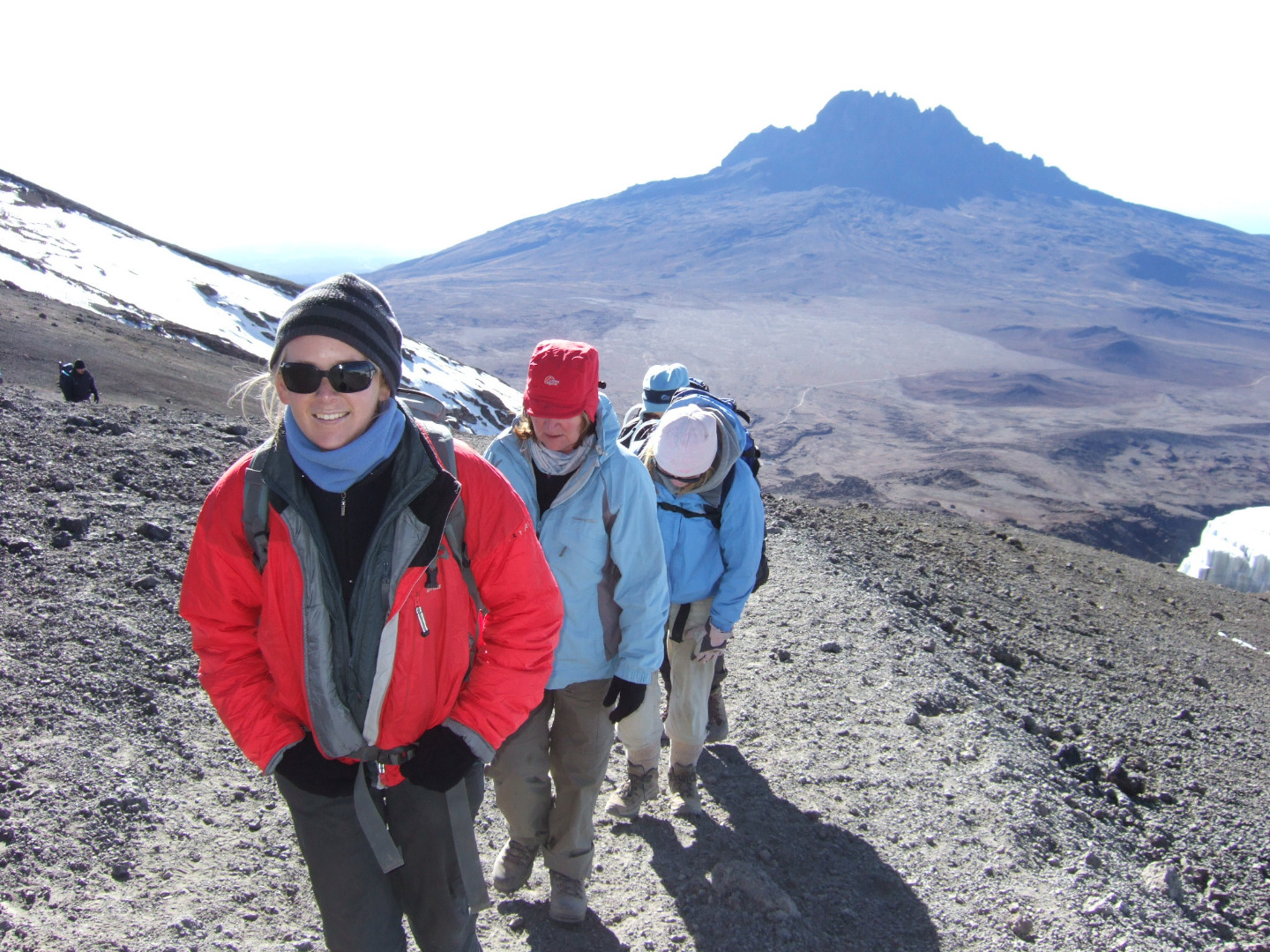
What to Wear on Kilimanjaro
What to wear on a Mount Kilimanjaro Trek is probably the question we get asked most and there is, of course, a kit list for...
